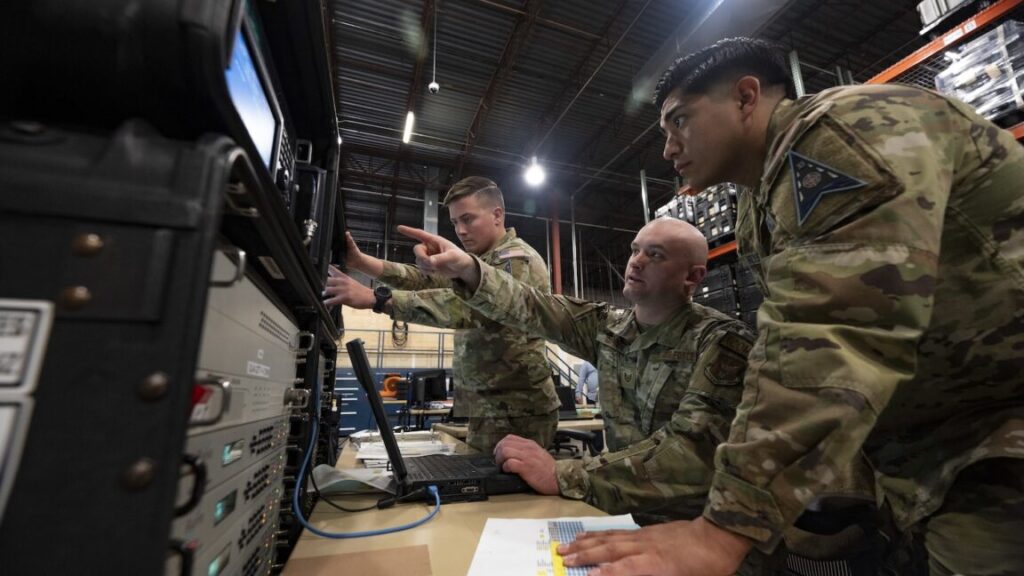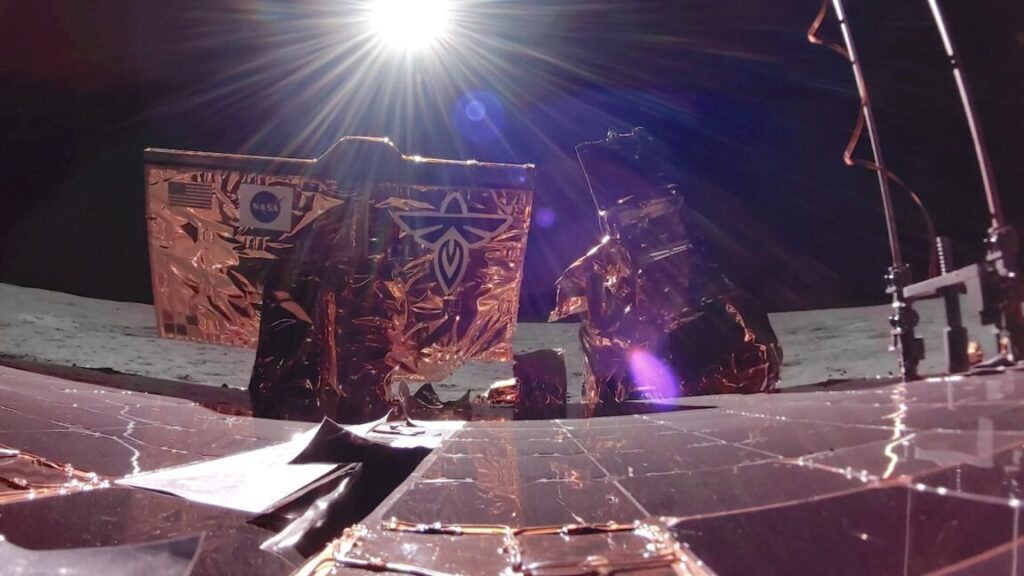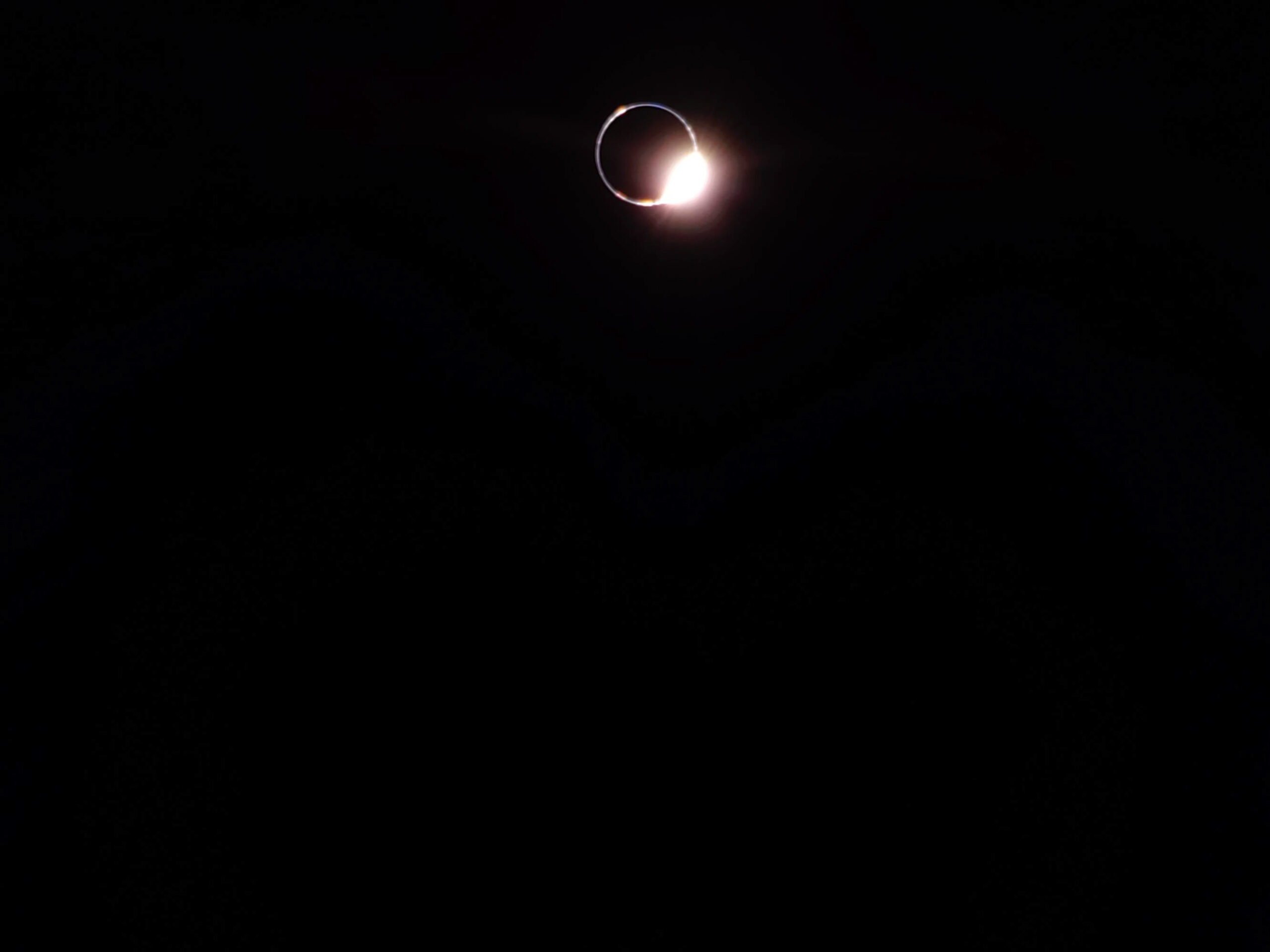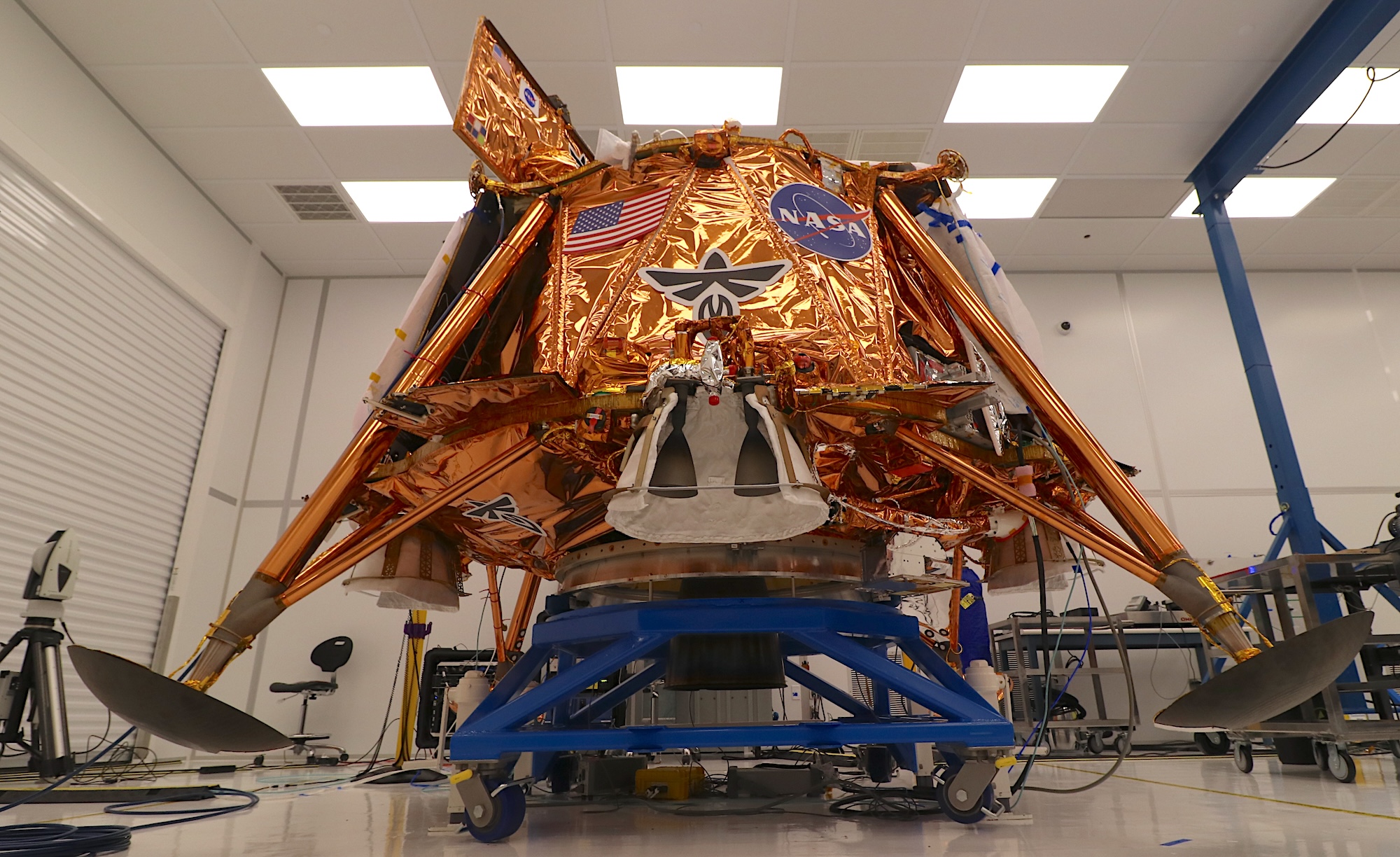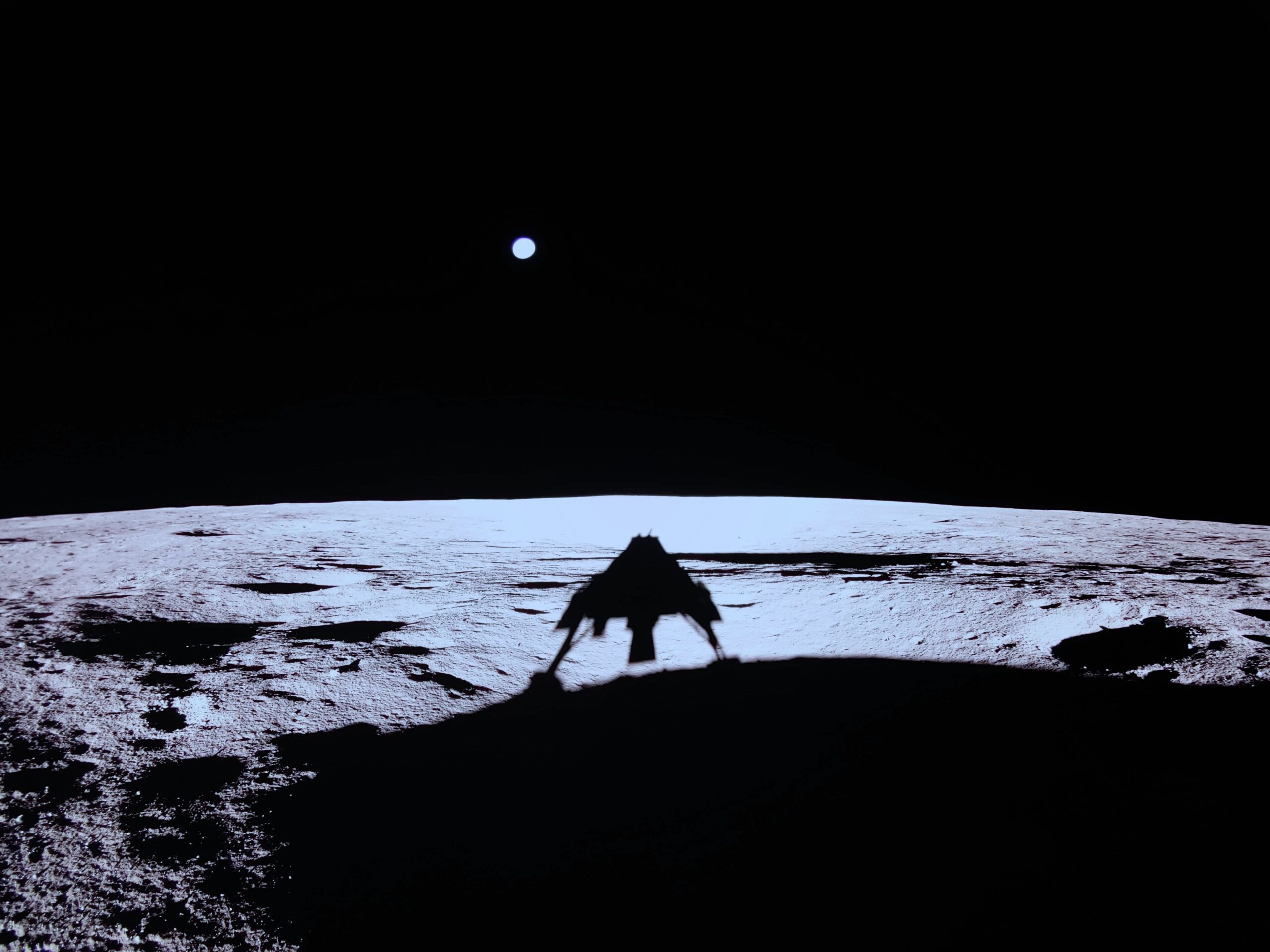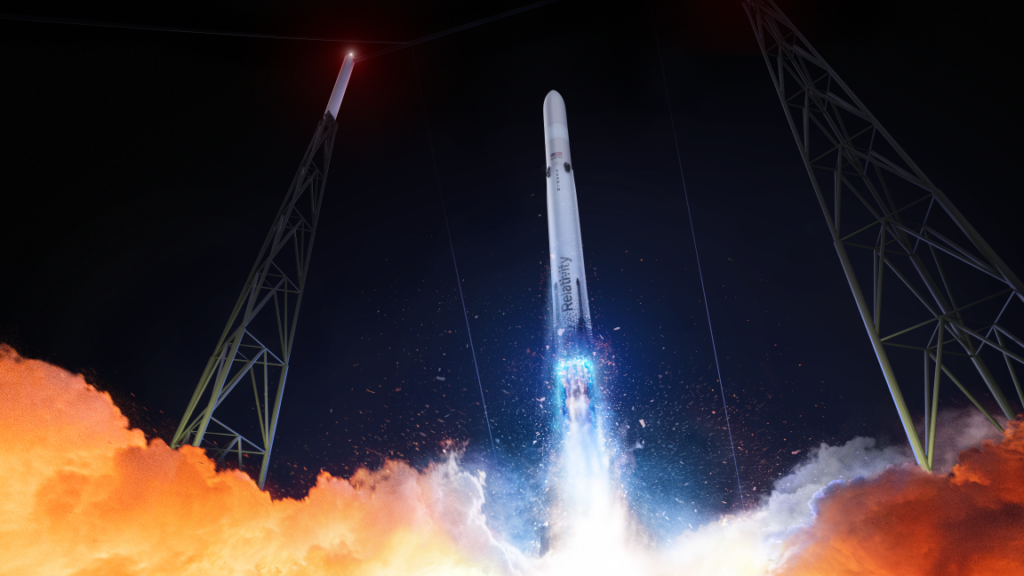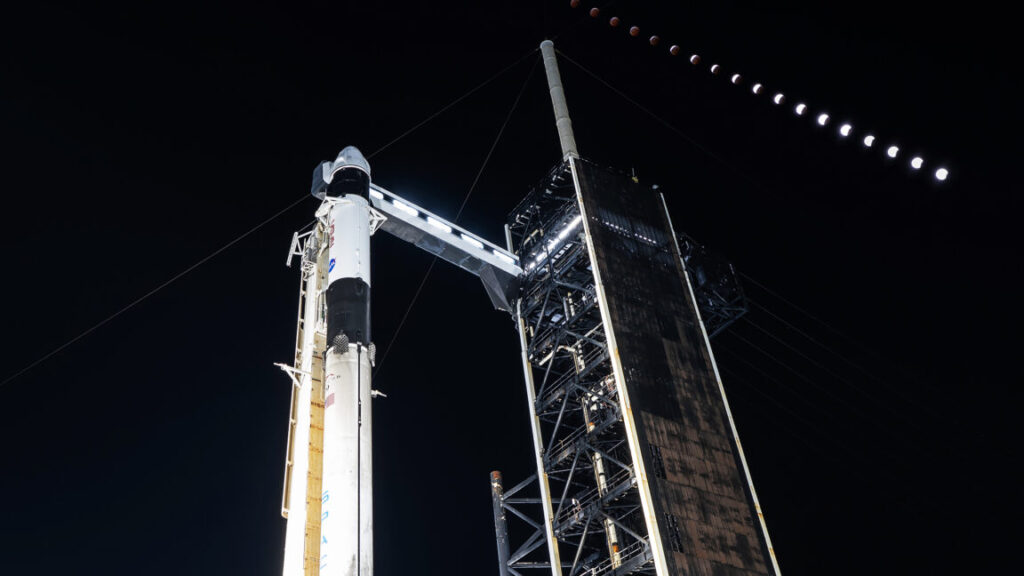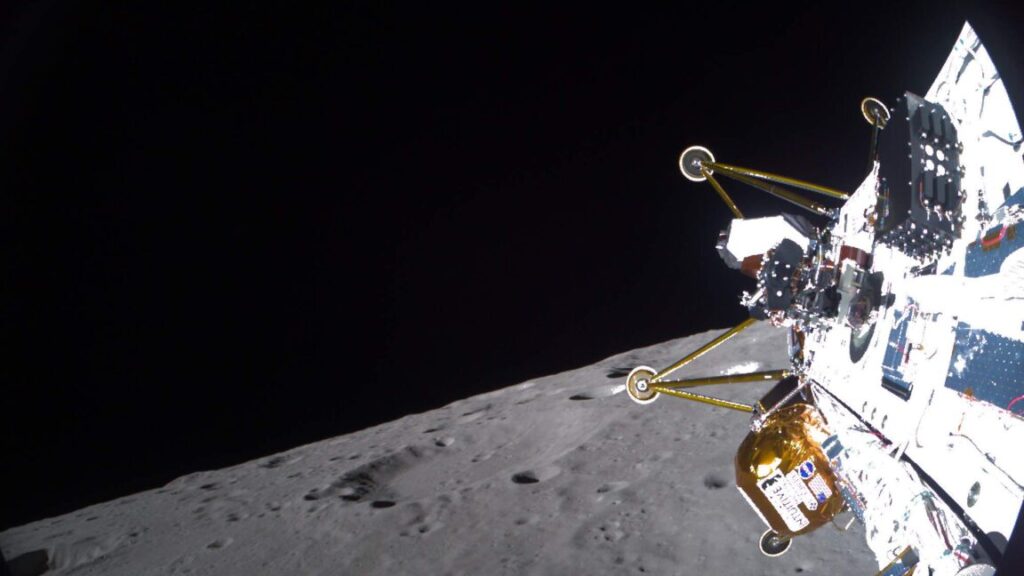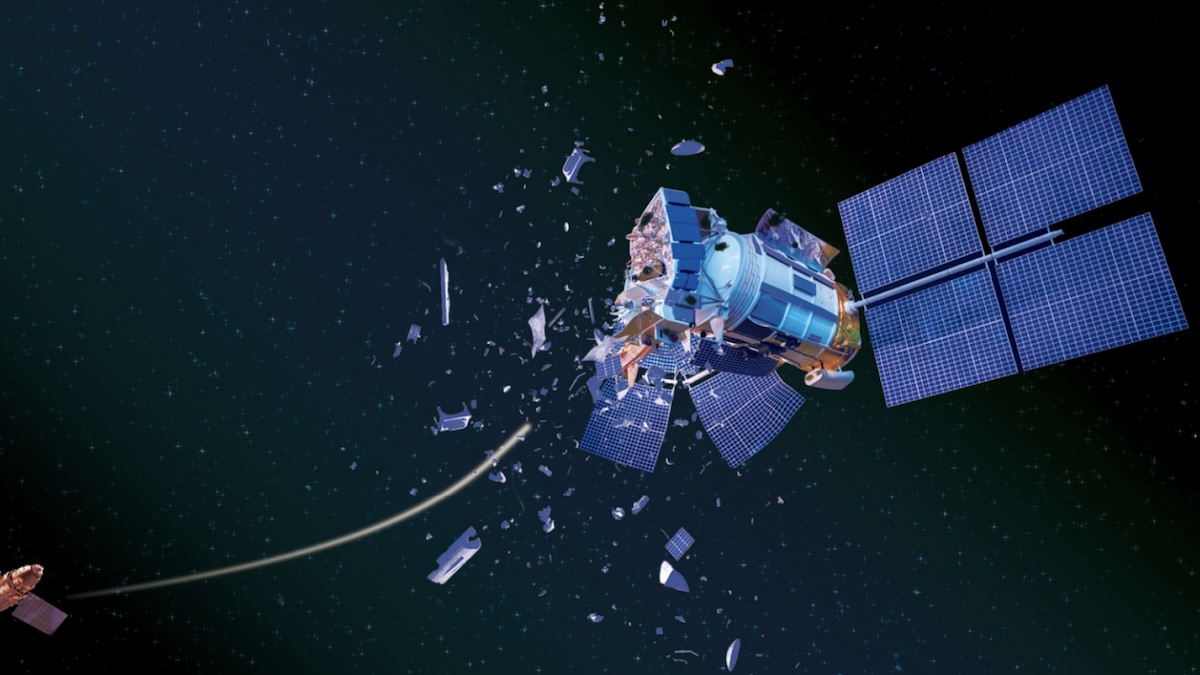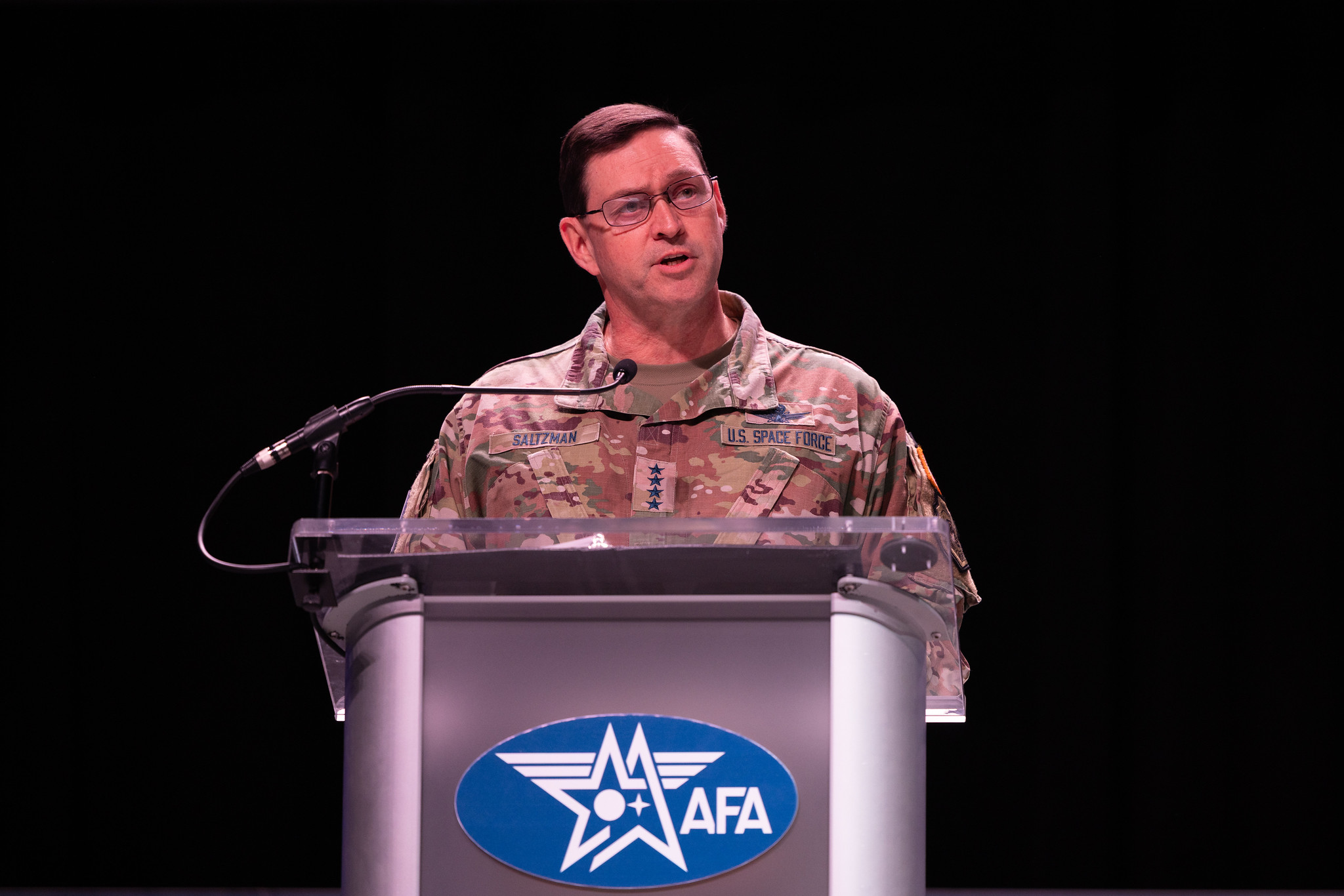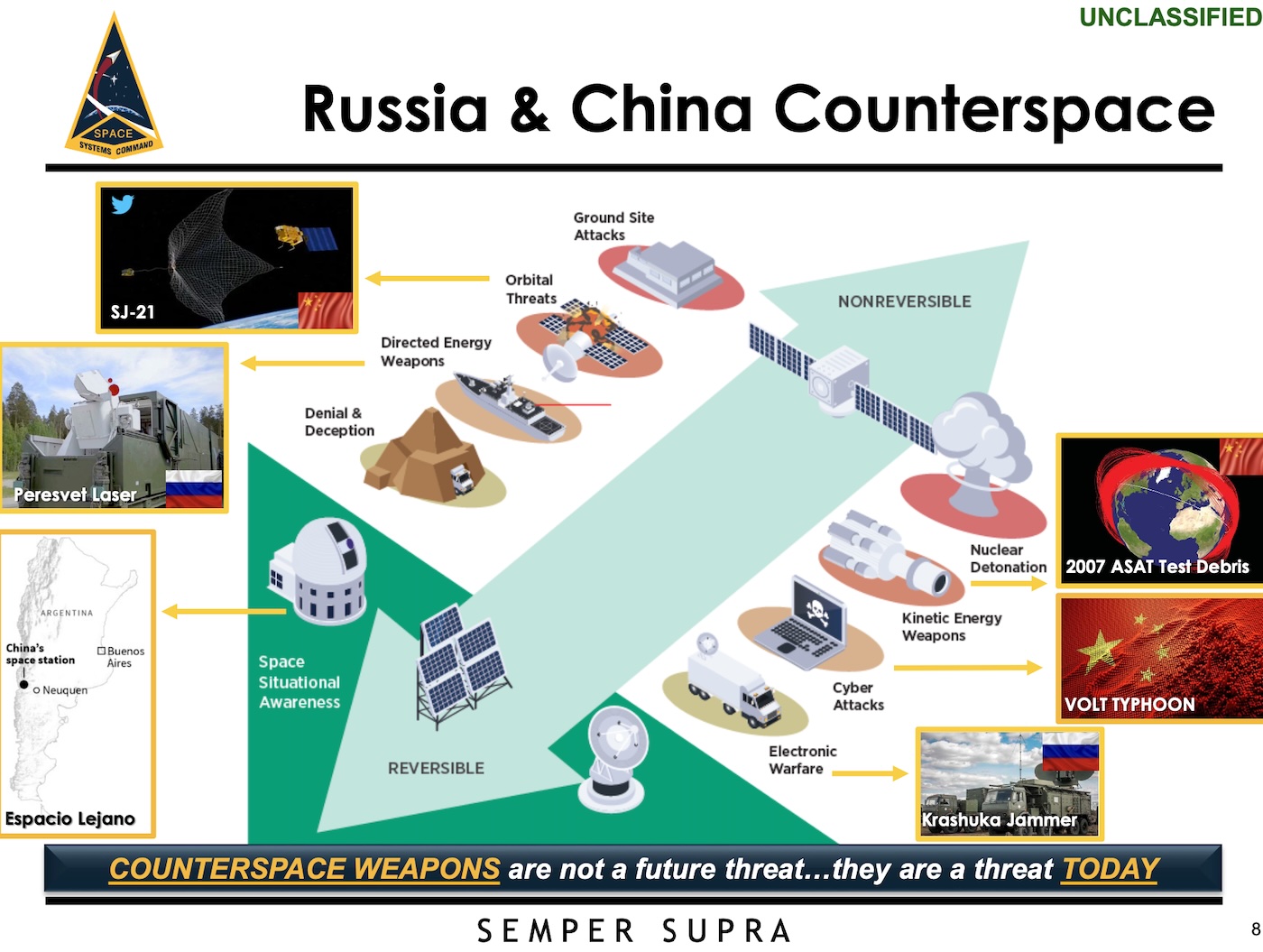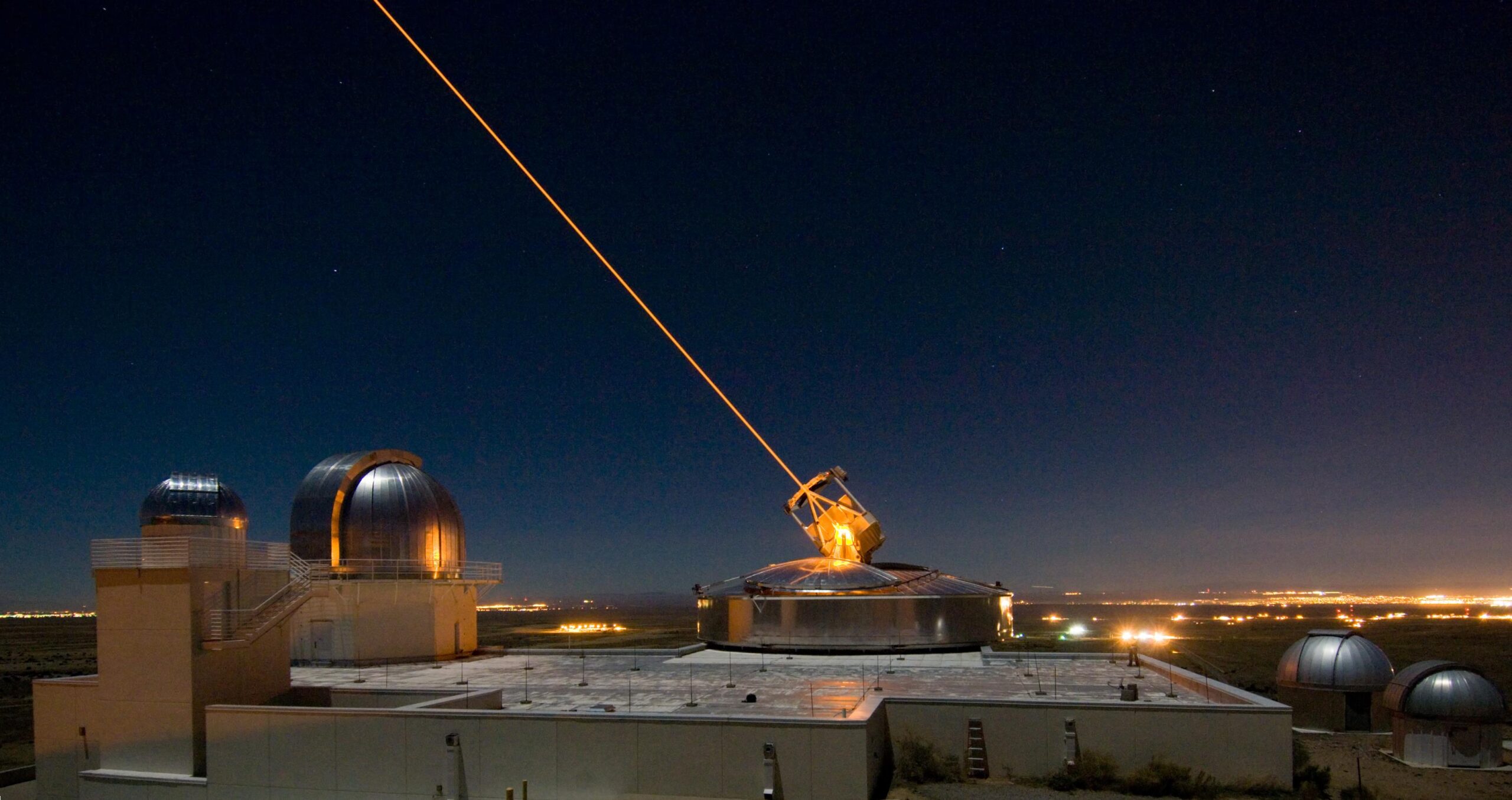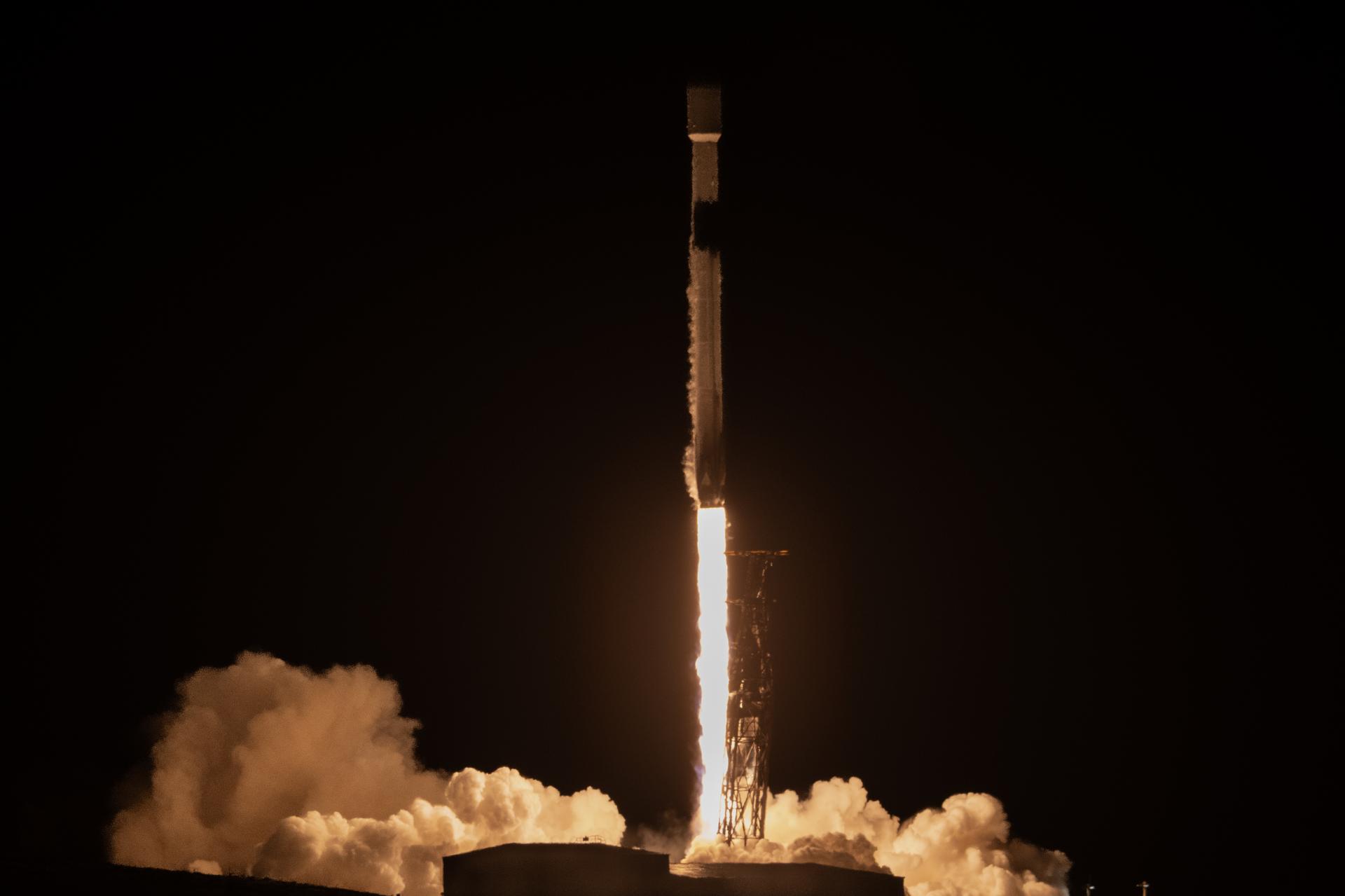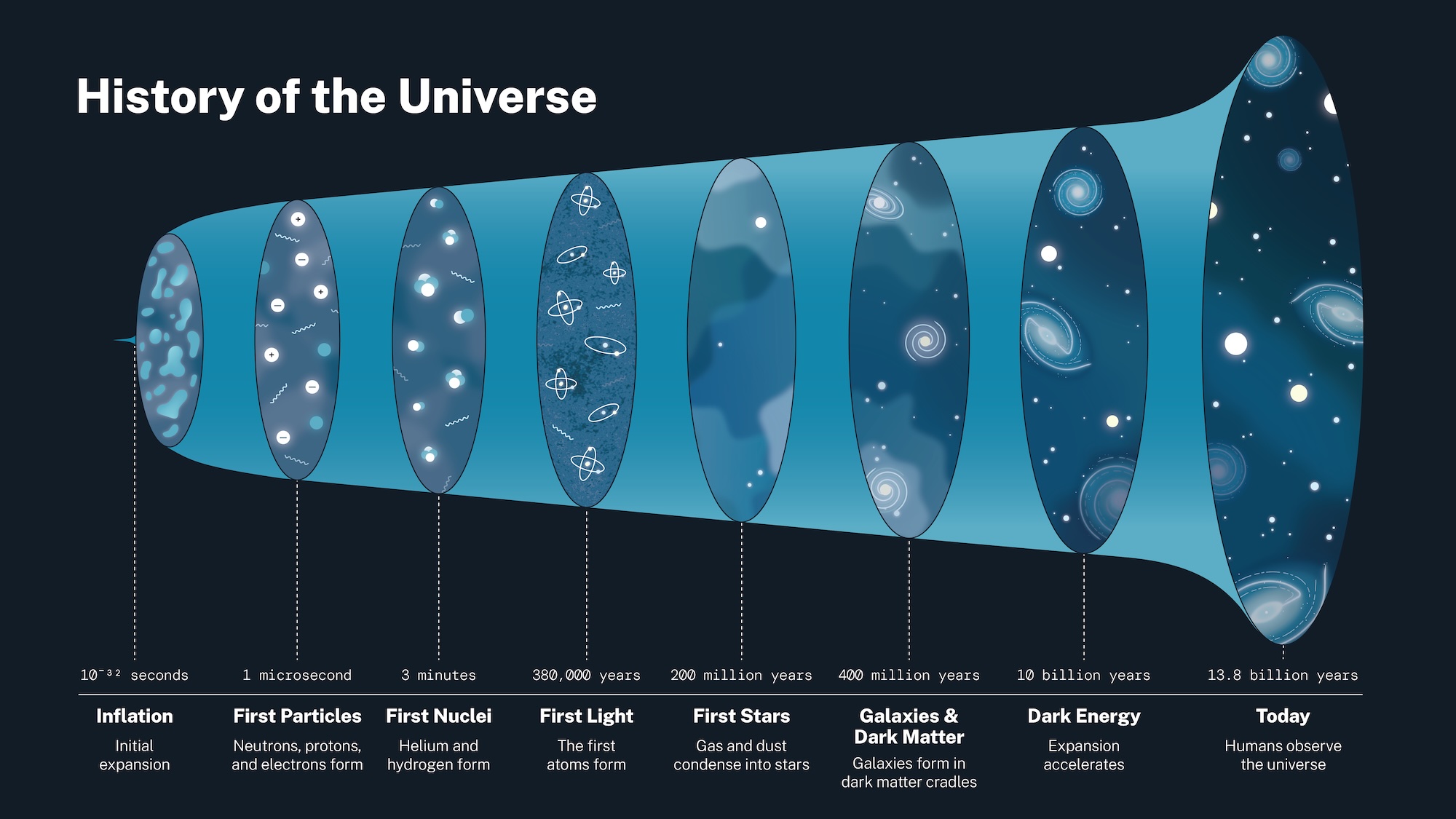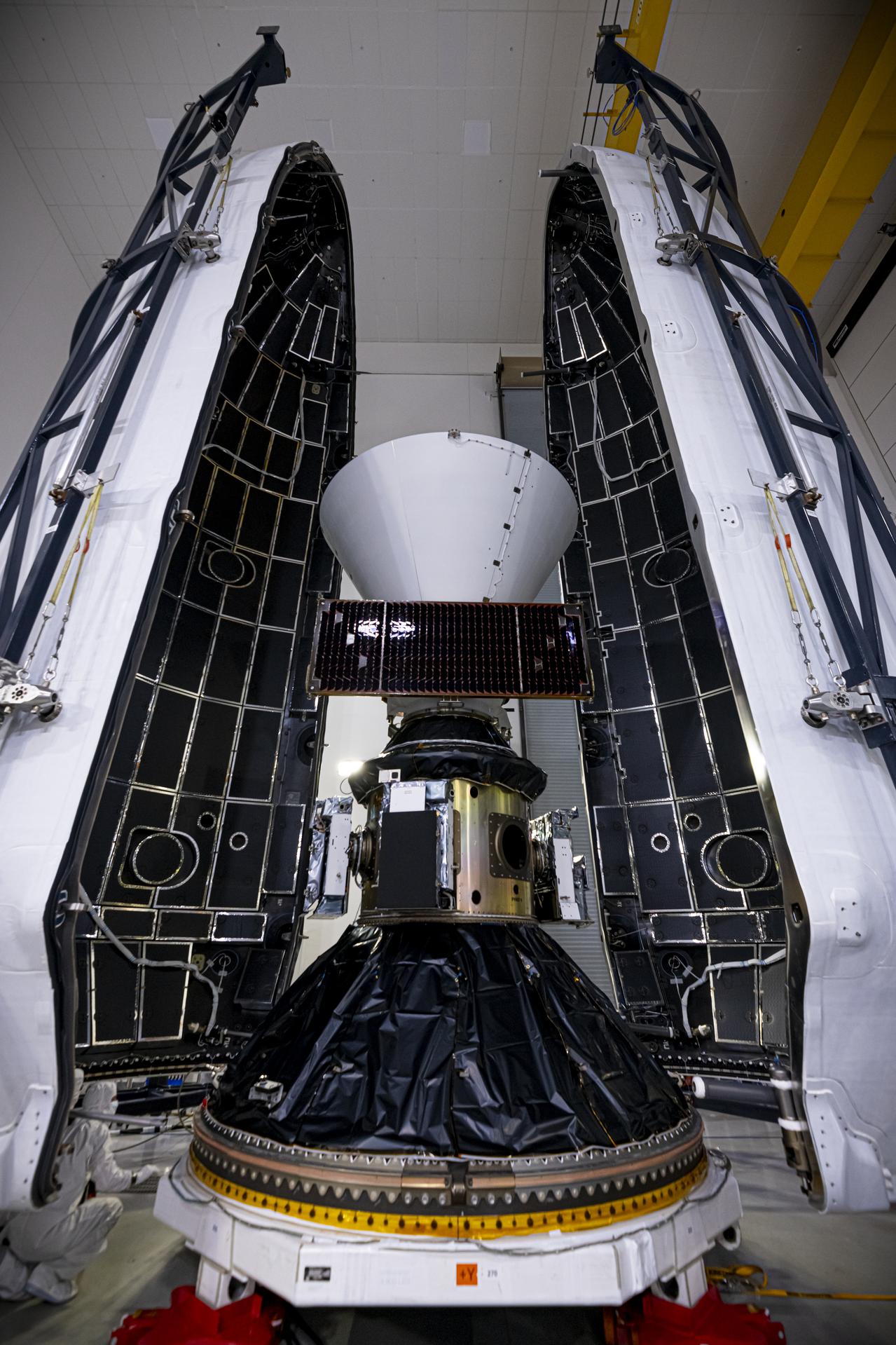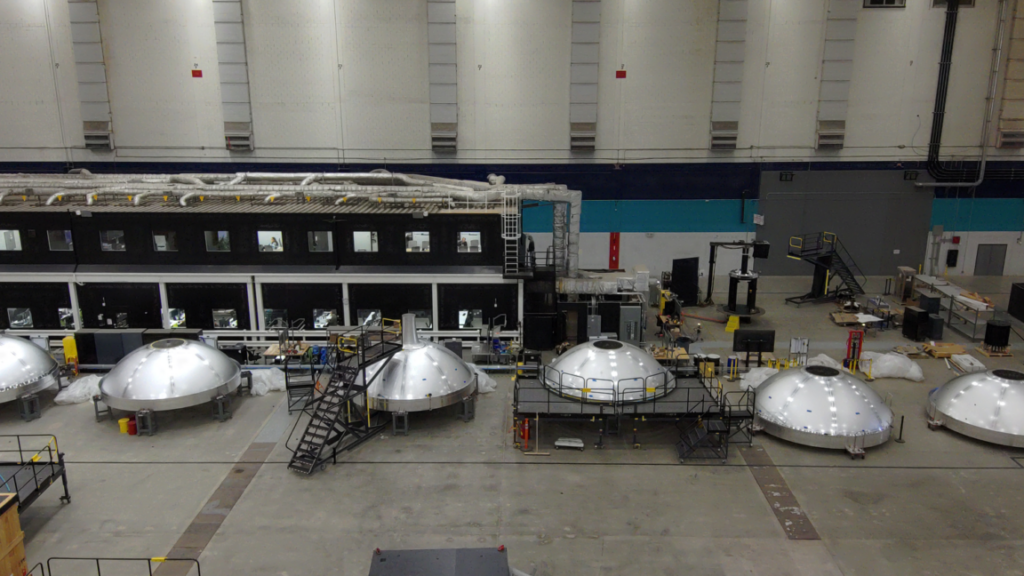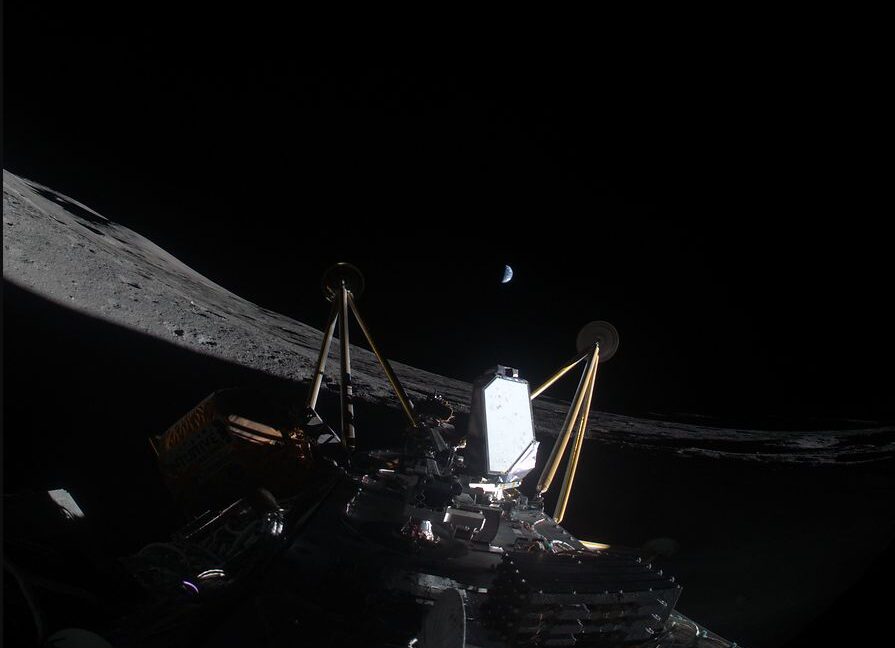The ax has become an important part of the Space Force’s arsenal
“All those traditional primes opted out of this event, every single one,” Hammett said. “We’re cultivating an A-team who’s willing to work with us, who’s hungry, who wants to bring affordability and speed, and it’s not the existing industry base.”
Hammett’s office didn’t set out to banish the big defense contractors. Simply put, he said they haven’t performed or aren’t interested in going in the direction Space RCO wants to go.
“I’ve terminated 11 major contracts in less than three years,” Hammett said. “Eighty-five percent of those were with traditional defense primes.” Most of these programs are classified, so it doesn’t become news when a contract is canceled.
“We try to fix the programs,” Hammett said. “We work with the performers, but if they can’t get right, and if we have program baselines where they’re now exceeding it by 100 percent in cost or schedule… we’re going to fire them and start again.”
At the same time, venture-backed companies seem to emerge every day from the ether of Silicon Valley or one of the nation’s other tech corridors.
“There’s a lot of opportunity to bring other performers into the portfolio, but there are lots of barriers,” Hammett said. One of those barriers is that leadership at many startups don’t have a security clearance. Many small companies don’t use the certified accounting systems the government usually requires for federal contracts.
“You have to be willing to modify your approach, your acquisition strategies, those types of things, so I have directed my team to open the aperture, to find the A-team, wherever the A-team lives, because it doesn’t seem to be in our current portfolio,” Hammett said.
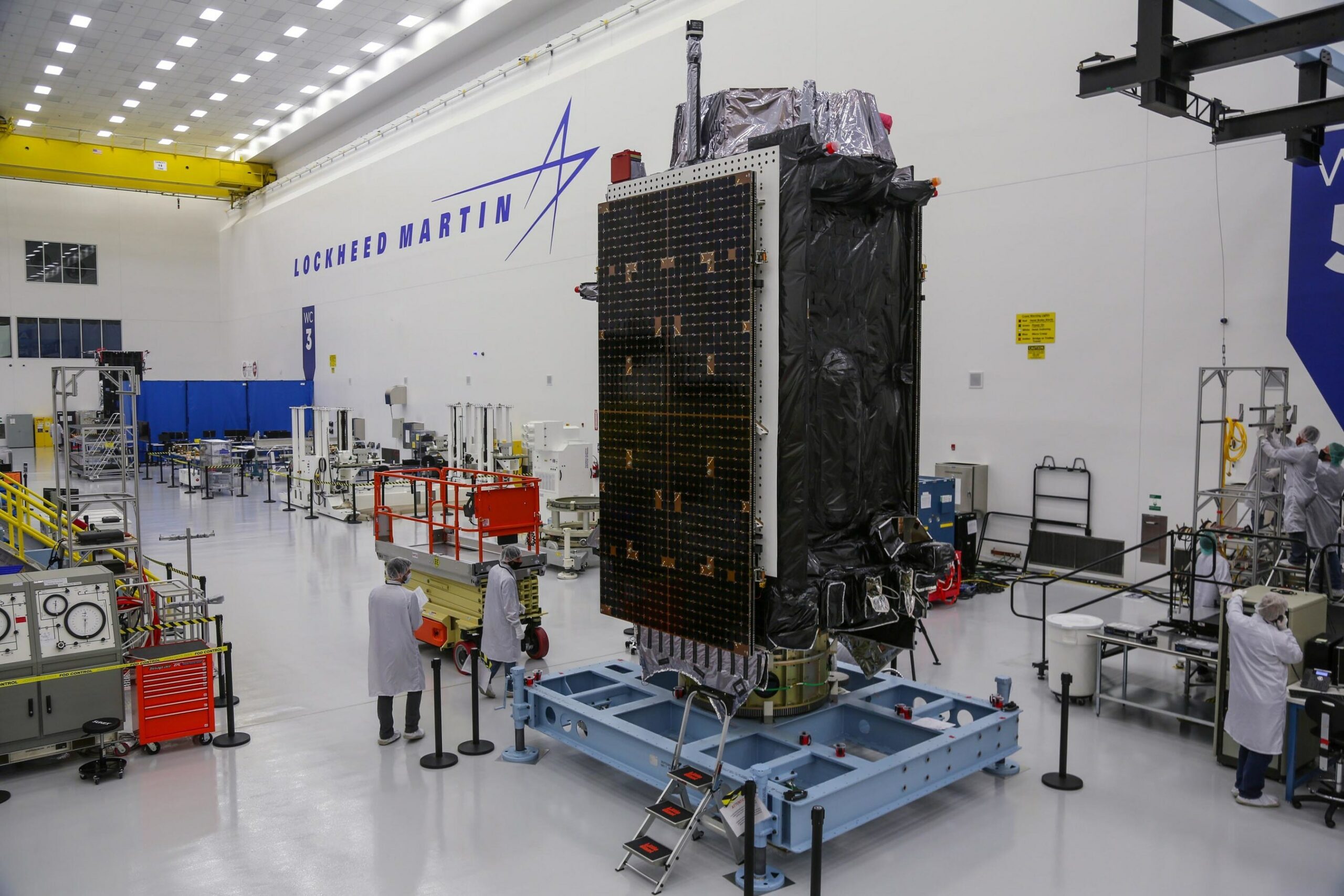
The Space Force has launched three generations of GPS satellites capable of broadcasting a jam-resistant military-grade navigation signal, but ground system delays have kept US forces from fully adopting it. This image shows a GPS III satellite at Lockheed Martin. Credit: Lockheed Martin
There’s still a place for the Pentagon’s incumbent contractors, according to Hammett. Small companies like the ones at Space RCO’s pitch lack the national, or even global, footprint to execute the military’s most expensive programs.
“We’re trying to build the first of something new, different, at a price point that we can accept,” Hammett said. “That’s what these types of companies are trying to do. And we’re not having to pay the lion’s share of the cost for that because VC [venture capital] firms and others are kick-starting them.”
Executives at Lockheed Martin, Northrop Grumman, Boeing, and other traditional defense companies have become warier of bidding on government programs, especially fixed-price contracts where financial risk is transferred from the government to the contractor.
The CEO of L3Harris, another established defense contractor, said in 2023 that his company has also declined to bid on fixed-price development contracts. L3Harris leads development of a software system called ATLAS to manage data from a network of sensors tracking rocket launches and objects in orbit. The program is over budget and was supposed to be ready for action in 2022, but it still isn’t operational.
RTX is in charge of another troubled military space program. The Next-Generation Operational Control System, known as OCX, is designed to allow military forces, including airplanes, ships, and ground vehicles, to access a jam-resistant GPS signal that satellites have been beaming from space since 2005. Twenty years later, the military’s weapons systems still haven’t widely adopted this M-code signal because of OCX delays.
Both programs are managed by Space Systems Command, the unit that has traditionally been responsible for buying hardware and software for military space programs. SSC, too, hasn’t shied away recently from taking the hatchet to some problem projects. Last year, SSC confirmed it kicked RTX off a program to develop three next-generation missile warning satellites because it was over budget, behind schedule, and faced “unresolved design challenges.”
The ax has become an important part of the Space Force’s arsenal Read More »
